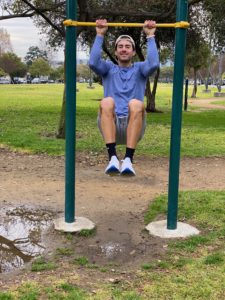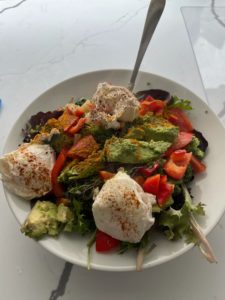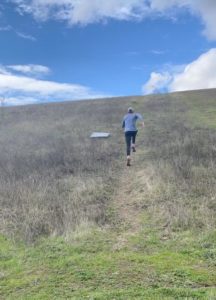
Exercise
The benefits of movement and exercise for the body and mind are undoubtedly significant. By now, we are aware that exercise can combat health conditions and disease, tone the muscles, improve mood, boost energy, promote better sleep, and be fun. One cannot disregard the positive physical, mental, and emotional effects of exercise! It is one of the greatest tools in the tool belt for health and wellness. Where people misunderstand exercise is when it comes to their body weight and body composition. Exercise tends to be relied on heavily for weight loss and weight management. It seems to be the number one go-to when talking about losing and managing weight. It does indeed play a role, but not to the extreme degree most give credit.

80-10-10 Rule
People looking to manage their weight or shed some pounds shouldn’t train harder or longer but first, reflect on their diet. A good place to start is to understand what food you are mostly eating. Consider Mark Sisson’s 80-10-10 rule, which states that 80% of the body composition comes from the diet, 10% from exercise, and the other 10% from sleep and stress. The common consensus would seem that people would agree with this rule, but diet and exercise would be switched. What is for sure is that the obesity rates are higher than ever and continue to rise. The consumption of high sugar foods and drinks and ultra-processed foods is ideal for increasing the belly’s size. We all have preferential diets that we follow, but we can all probably agree that eating more whole foods is the primary way to improve our general health and control our weight. As Shawn Stevenson put it in his book, Eat Smarter, “exercise is valuable, but what you eat far outweighs the impact of any exercise you could ever do. It is your food choices that determine what you’re making your amazing body out of.”

Type of Exercise
As for exercise, if you have a routine and enjoy it, stick to it! The best exercise is the one you do. The category you want to try to avoid, though, is the active couch potato syndrome. Meaning you did your one-hour workout, run, or class, and the rest of the day, you did little to nothing else-essentially you were a couch potato. Conventional wisdom calls for longer workouts, longer runs, more sets, and more reps. These workouts have their place from time to time, but not all the time! Your body will respond better to mixing in movement “snacks” throughout the day, in addition to doing short burst exercises-HIIT or sprints, safely lifting heavy weights for lower reps, and playing more as you did as a child. However, the key is moving more and avoiding prolonged sedentary periods by engaging in low-level aerobic activities like walking, hiking, dancing, yoga, or stretching.
To MÁShealth,
Michael